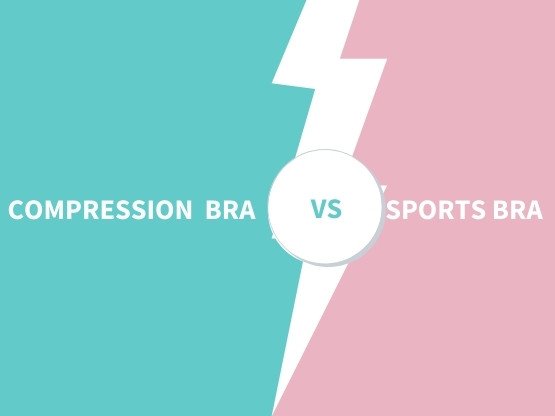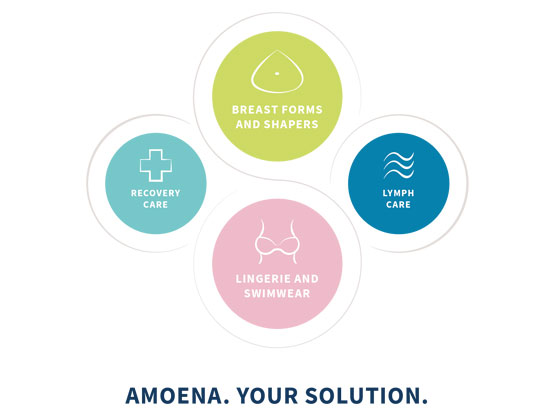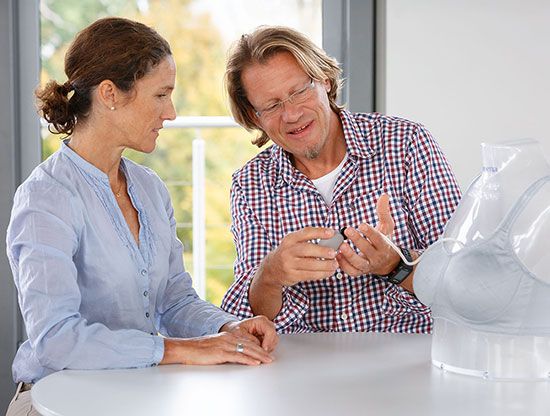What to expect after radiation treatment, and how to look after yourself while you’re having it
Radiation therapy, also known as radiotherapy, is a vital tool to help treat your cancer - but it also takes its toll on your body and mind. Here at Amoena we believe that self-care can play a huge part in a healthy recovery.
What are the side effects of radiation treatment on the skin?
Within three to four weeks of your first radiation therapy treatment, you may experience redness, dry, peeling and itchy skin - a bit like sunburn. Sometimes, the skin may become moist and “weep,” especially in the skin folds.
If you’ve had breast conserving surgery, you may also notice changes in your breasts. The skin may become darker, and the pores enlarged and more noticeable. You may experience increased or decreased skin sensitivity, breast tenderness or tightness and the skin may feel thicker. The breast may become larger due to fluid buildup or smaller due to fibrous tissue. These changes may continue for a year or longer after treatment.
Everyone is different and everyone’s body has individual responses to the therapy, but there are some general reactions that can be addressed with a little forethought and care.
Here’s our advice for how to look after your skin (and you) after radiotherapy.
Get fitted for a new bra
It’s a good idea to be professionally fitted for a new bra after radiation therapy, because your bra size may have changed. If you’re concerned that your breasts are not the same size or shape, you can enhance your silhouette by wearing a full or partial shaper. Amoena Balance products come in several sizes, shapes, and thickness levels. Most insurance plans and health services cover post-breast surgery bras and silicone shapers or breast forms. Check with your provider to find out what is covered.
Take a cooler bath
Baths are wonderfully relaxing, but it’s better to turn the heat down a notch, at hot water can irritate your skin. When drying yourself, don’t rub - pat yourself dry, and check with your doctor before using any perfumes, ointments or lotions on the affected area. It’s also best to avoid using deodorant.
Wear comfortable clothes
It’s best not to wear tight, constrictive clothing or bras when you’re recovering from radiation therapy. Choose breathable, natural fabrics, such as cotton.
Avoid the sun
Make sure that you don’t expose the treated area to any sun, and avoid heat or cold pads on the area, too. This is both during your treatment and for one year afterwards.
Take a break
Radiation therapy can make you tired. Don’t feel you have to continue doing all of the things you normally do. Plan activities based on their importance to you and do them at the time of day you feel your best. Ask family or friends to help with things like cooking, shopping and childcare. And don’t feel guilty! This rest will help you recover.
Take gentle exercise
Although you need to rest, it’s a good idea to do a some light regular exercise, like a short walk. This helps keep your muscles and heart strong, and gives you time to switch off and get out of the house.
Make good food choices
The best foods to eat during radiation treatment for breast cancer are the ones that offer the best nutrition. Try to eat foods rich in vitamins and minerals like fruits, vegetables, whole grains and lean meats. It might suit you to eat light snacks throughout the day rather than three large meals.
What to expect during your first radiation treatment
Radiation therapy is usually the last phase of cancer therapy, and can be a time when you feel closure regarding the treatment of your disease.
Your personal radiation treatment will vary depending on the type of breast cancer, size of the cancer, location and other information that will help your medical team plan your care.
Types of radiation therapy (radiotherapy)
External Radiation Therapy
If you had breast surgery, you will most likely receive external radiation.
The process begins with you lying on a table while the radiation technologist uses a special x-ray machine to define your treatment “field” or “port.” A special mould will be made to help you remain in the same position during each treatment. This area will be marked with semi-permanent ink on your skin. It is important that these marks are not washed off while bathing.
Generally, this type of radiation therapy is given 5 days a week for 5 to 6 weeks. Your doctor should discuss your individual treatment plan before your treatment begins. Since treatment takes place daily during the week, negotiate a time of day with your doctor that will be convenient for you and your family.
External radiation therapy does not cause you to become radioactive. There is absolutely no risk to others of radiation exposure.
Internal Radiation Therapy
If you had breast conserving surgery, you may be a candidate for two newer forms of targeted internal radiation therapy.
These systems use an inflatable catheter or a spherical applicator inserted into the surgical area at the time of surgery or within six weeks. The advantage to these systems is that the number of required treatments, and therefore the length of treatment, is greatly reduced.
If you have internal radiation, you may be isolated in a private hospital room during the treatment. You do not remain radioactive after the seeds and catheters have been removed.
| Click here for Amoena’s library of information to support those living through cancer treatments |








